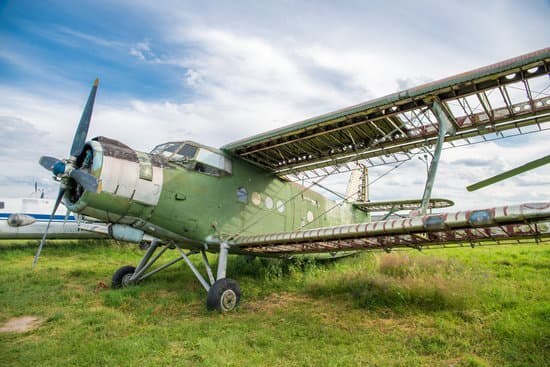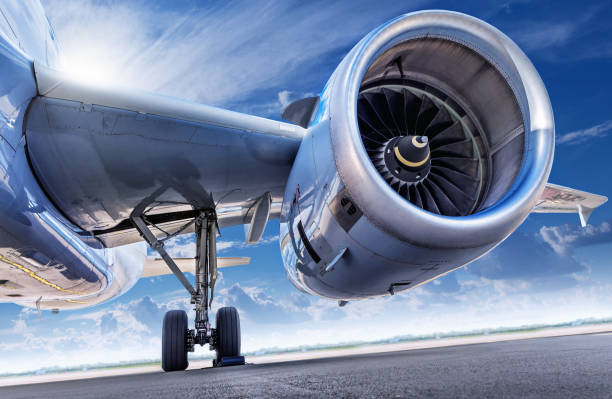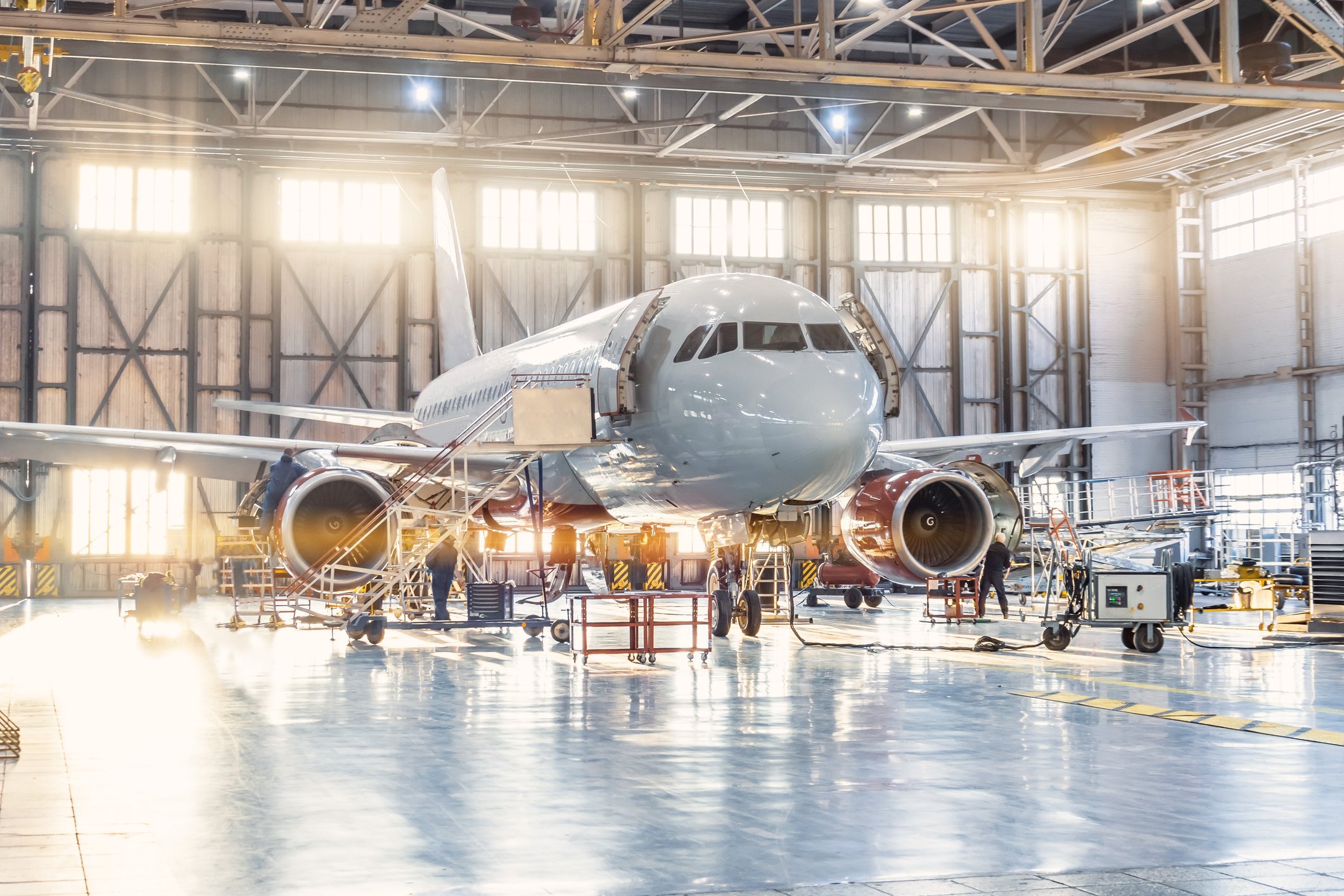Exploring Aircraft Lifespans and Retirement Decisions

The lifespan of an aircraft is a crucial consideration for airlines, manufacturers, and aviation enthusiasts alike.
“Just like laptops, printers, or mobile phones, commercial aircraft eventually need to be replaced,” writes Vance Hilderman for Aviation Pros. “A broken phone is a cause for annoyance and inconvenience. A broken or outdated airplane? That’s a much bigger deal. Aircraft are entrusted with the precious cargo of hundreds of lives. Their safety and reliability need to be beyond question.”
Understanding the factors that influence an airplane's longevity and the decisions surrounding its retirement is essential for ensuring safety, efficiency, and sustainability in the aviation industry.
Factors Affecting Aircraft Lifespans
Just like humans, whose physical condition is a factor of lifestyle and wear and tear on the body, aircraft age according to many factors.
“On average, a plane can fly for 30 years before it needs to be retired. Usually, a plane’s life span isn’t measured in years but rather in pressurization cycles,” wrote Hilderman. “Every time a plane takes flight, it is pressurized, which puts stress on the fuselage and the wings. This is called metal fatigue. Short-haul planes, which undergo multiple takeoffs and landings each day, will have a shorter life span than long-haul flights.”
Several key factors play a role in determining the lifespan of an aircraft:
- Design and Manufacturing Quality
- Advances in aeronautical engineering and materials science.
- Stringent quality control processes during manufacturing.
- Incorporation of fail-safe and damage-tolerant design principles.
- Maintenance and Overhaul Practices
- Regular scheduled maintenance and inspections.
- Comprehensive overhaul and refurbishment programs.
- Adherence to manufacturer guidelines and best practices.
- Operational Conditions and Usage Patterns
- Flight hours and cycles accumulated over time.
- Environmental factors such as temperature, humidity, and corrosion.
- Route network and flight profiles (e.g., short-haul vs. long-haul).
- Technological Advancements and Efficiency Improvements
- Introduction of newer, more fuel-efficient aircraft models.
- Retrofitting of existing aircraft with updated systems and components.
- Adoption of advanced maintenance technologies and predictive analytics.
Impact of the Pandemic on Aircraft Lifespans
The COVID-19 pandemic has had a profound impact on the aviation industry, including the lifespans and retirement decisions of aircraft.
Flight Global reported in 2020 that “the coronavirus travel downturn is accelerating the retirement of aircraft that are older, less fuel-efficient, and higher maintenance.”
On the other hand, groundings and fewer takeouts during the pandemic led some aircraft to an extension of their service life. The pandemic effects on aircraft lifespans included:
- Reduced Air Travel Demand and Fleet Grounding
- Significant decline in passenger traffic and flight operations.
- Temporary or long-term storage of aircraft due to reduced demand.
- Accelerated retirement of older, less efficient aircraft.
- Potential Extension of Aircraft Service Life
- Reduced wear and tear on aircraft due to decreased usage.
- Opportunity for thorough maintenance and preservation during grounding.
- Re-evaluation of retirement timelines based on market conditions.
- Economic Considerations for Airlines
- Cost-cutting measures and fleet optimization strategies.
- Balancing short-term financial pressures with long-term fleet planning.
- Assessing the viability of older aircraft in a post-pandemic market.
Safety Concerns and Regulations
Ensuring the safety of aircraft throughout their lifespan is of utmost importance to the aviation industry.
Analysis of Impact of Aircraft Age on Safety for Air Transport Jet Airplanes in 2014 for the MIT International Center for Air Transportation (ICAT) found that there is no correlation between the fatal accident rates and aircraft age up to 27 years of age and above this age there was a slight increase in the fatal accident rate, but the accident rate data is not significant due to the limited number of operational years for these older aircraft cohorts.
“Concerns regarding the safety of aging air transport jet aircraft, due to corrosion, fatigue or Widespread Fatigue Damage (WFD) rose following the dramatic inflight explosive decompression of Aloha Airlines Flight 243 in 1988,” reported ICAT. “The pressurization vessel of the 19-year old, heavily used Boeing 737-297 was compromised, and one occupant was ejected. The aircraft was, however, able to land. At the time of the accident, the aircraft had 35,486 hours of flight time and 89,680 flight cycles. The number of flight cycles was unusually high due to the short stage lengths that Aloha Airlines flew in Hawaii.”
Safety concerns and regulations include:
- Importance of Regular Maintenance and Inspections
- Adherence to manufacturer-prescribed maintenance schedules.
- Thorough inspections to identify and address potential issues.
- Continuous monitoring of aircraft health and performance.
- Role of Aviation Authorities
- Oversight and enforcement of safety regulations.
- Certification and airworthiness requirements for aircraft.
- Collaboration with manufacturers and airlines to ensure compliance.
- Age-Related Safety Issues and Potential Risks
- Structural fatigue and corrosion over time.
- Obsolescence of certain systems and components.
- Increased likelihood of technical issues in older aircraft.
- Manufacturer Guidelines and Recommendations
- Prescribed service life limits and retirement thresholds.
- Service bulletins and airworthiness directives for specific models.
- Ongoing support and guidance for operators throughout the aircraft lifecycle.
Typical Lifespans of Popular Aircraft Models
So, what is the typical lifespan of your favorite aircraft?
Remember, the lifespans of aircraft can vary significantly depending on the model, usage, and operating conditions. Here are some general estimates for popular aircraft types:
- Boeing 737 and Airbus A320 Family
- Designed for a service life of around 20-25 years or 60,000-75,000 flight cycles.
- Many aircraft in these families exceed their initial design life with proper maintenance.
- Wide-body Aircraft (e.g., Boeing 747, 777, Airbus A330)
- Typically have a longer lifespan, often exceeding 25-30 years.
- Can accumulate over 100,000 flight hours or 20,000-30,000 flight cycles.
- Regional Jets and Turboprops
- Smaller aircraft tend to have shorter lifespans due to higher utilization rates.
- Regional jets may have a service life of 15-20 years or 40,000-60,000 flight cycles.
- Turboprops can have a lifespan of 20-30 years with proper maintenance.
- Factors Influencing Variations in Lifespans
- Operational factors such as flight frequency, route network, and environmental conditions.
- Maintenance practices and adherence to manufacturer guidelines.
- Specific design and manufacturing characteristics of each model.
Aircraft Retirement and End-of-Life Options
When an aircraft reaches the end of its operational lifespan, several options are available for its retirement and disposal – shuffleboard in Florida is not one of the options!
“Retired planes are headed to one of two places: another buyer or the scrapyard. If the plane is still safe to fly, or if a buyer is more willing to pay for maintaining an old plane than buying a new plane, a plane might be resold to another fleet,” wrote Hilderman. “When there are no buyers for old planes, they are typically sent to scrapyards where they’re disassembled for parts.”
Here are the options for those aircraft being sidelined or sent to retirement:
- Storage and Preservation
- Long-term storage in designated facilities or airports.
- Preservation measures to protect against corrosion and deterioration.
- Potential for future reactivation or sale to other operators.
- Dismantling and Recycling
- Systematic disassembly of the aircraft into components and materials.
- Recycling of valuable metals, composites, and other materials.
- Proper disposal of hazardous substances and waste products.
- Conversion for Non-Aviation Purposes
- Repurposing of aircraft for training, educational, or research purposes.
- Conversion into museums, restaurants, or other themed attractions.
- Utilization of components for art installations or other creative projects.
- Environmental Considerations and Sustainable Practices
- Minimizing the environmental impact of aircraft retirement and disposal
- Adopting eco-friendly recycling and waste management practices
- Exploring innovative solutions for sustainable end-of-life management
The factors affecting lifespans, such as design, maintenance, and operational conditions, play a significant role in determining the longevity of an aircraft.
The impact of the pandemic has prompted airlines to re-evaluate their fleet strategies and make difficult decisions regarding the retirement of older aircraft.
As the aviation industry continues to evolve, it is essential to prioritize safety, adhere to regulations, and adopt sustainable practices in aircraft retirement and disposal.
By doing so, we can ensure that the world's most popular aircraft models continue to serve passengers and airlines reliably while minimizing their environmental impact.



